The forest is longing for the sea,
the sea is longing for the forest.
HISTORY
The Origins and Footsteps of the Organization
-
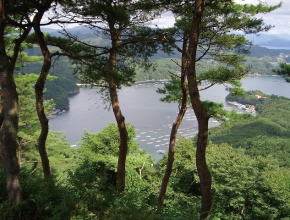
Kesennuma - Harbour blessed by nature
Kesennuma Bay which is situated in the central part of the Sanriku Rias Coastline, is a tranquil harbour blessed with rich natural resources. It has long been known as a major landing port for inshore and deep-ocean fishing, and kept its position as the number one port for landing of bonito in Japan. Tranquil inlets also offer excellent environment for aquaculture. Laver planting began in Edo period (1603-1868), and oyster farming began in Taisho era (1912-1926). In recent years, wakame seaweed planting and scallop farming have also become popular industries in the region.
-
Contamination of natural environment and its effects
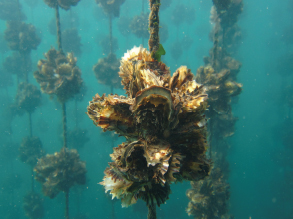
Between 1965 and 1975, environment of Kesennuma Bay deteriorated. There were outbreaks of red tides and colour of sea water turned brown. It was as though soy sauce had poured into the sea.
To breathe, one shell of oyster inhales 200 litres of sea water each day. Oysters feed themselves on planktons which they inhale together with the sea water. Those oysters that inhaled prorocentrum micans, red tide plankton, became red coloured. Affected oysters were called “blood oysters” and could not be sold in markets, but had to be all disposed of.
There were various causes of red tides, ranging from polluted water released from factories, human sewage discharged from households, pesticides from agricultural farms, use of chemical herbicides and red soil flowing in from untreated coniferous forests. In addition to contaminated water flowing into the sea, there was a construction plan to build a impounding dam just 8 kilometres away from the estuary of Okawa River which carried nutrients of upstream forests down to the Kesennuma Bay. Such plan was a result of the so-called sectionalism within the local public administrative bodies that created separate mindsets on forest, river and sea.
-
Establishment of “Society to Protect Forest for Oysters” and beginning of its activities
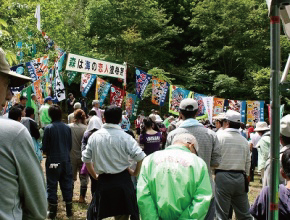
Everywhere around the world, farming grounds of oysters are found in the brackish waters where a river meets the sea. This is because nutrients from upstream forests that a river carries raise phytoplanktons which oysters feed on.
We came to realize that the sea will never be clean again unless the same sense of value is shared by all the people living along the river.
“Let us create a forest on upstream of Okawa River on Mount Murone, a forest of deciduous broad-leaved treesthat is the mother of the nature.”
Those who shared the spirit got together, and so “Kaki no Mori wo Shitau Kai (Society to Protect Forest for Oysters)” was founded. Then, encountering with a poet, Ms. Tatsuko Kumagaya, who lived in the midstream of Okawa River, brought birth to the heading of our forest tree planting movement, “Mori wa umi no koibito (The forest is longing for the sea, the sea is longing for the forest.)”.
-
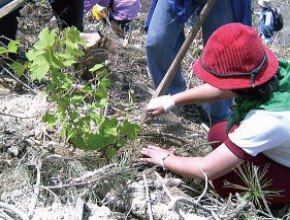
Since 1989, annual tree planting ceremony began and total of approximately 30,000 deciduous broad-leaved trees have been planted.
The importance of teaching children living along the river about the environment became clear, and since 1990, we began providing active learning opportunities. As of today, we have invited over 10,000 children.
-
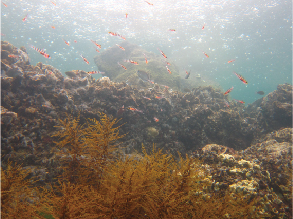
Spread of our spirit across the nation
“Mori wa Umi no Koibito” movement is now printed in text books of elementary and middle schools, and our spirit is spreading across Japan.
Existed studies had captured the world through sectionalism and as a result, forest, river and sea were also placed in different academic fields. In 2004, University of Kyoto established Field Science Education and Research Center (FSERC) and inaugurated a new frontier of field science called “Connected Rings of Forest-Human Habitation-Marine”.
“Mori wa Umi no Koibito” had inspired inauguration of this new field.
-
Establishment of NPO “Mori wa umi no koibito” new stage of the movement
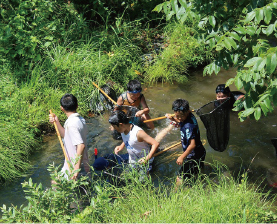
It had been 23 years since the foundation of “Society to Protect Forest for Oysters”. We felt that our initial mission had been accomplished by having our activities known to many.
On the other hand, we had our hands full and had been unable to respond to overwhelming number of requests from around the country to continue and develop our activities.
To meet the growing social demand as well as to mark a new beginning by the next generation, and in hopes of fostering further development, we came to establish our Non Profit Organization (NPO).
-
Establishment of NPO “Mori wa umi no koibito” new stage of the movement
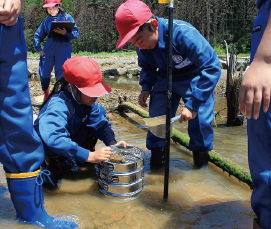
“Mori wa Umi no Koibito” is a non-profit organization dedicated to three areas of work – reforestation, nature conservation, and the educational program for children to understand the linkage between human and nature through hands-on experience.
We offer an environmental educational camping program called ‘’Mori wa Umi no Koibito Kids School’’, for children of the next generation to know and feel the nature through hands-on experience.
To pass on the beautiful nature to the next generation, we undertake various environmental surveys and advocate for a nature-oriented community building, based on the outcomes of these surveys.
-
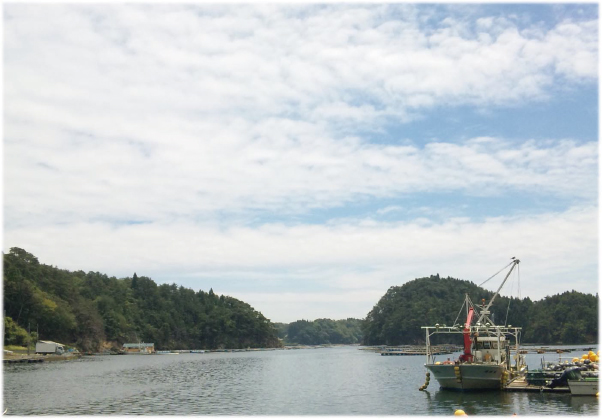
Toward the Future
“Mori wa Umi no Koibito” is a non-profit organization dedicated to three areas of work – reforestation, nature conservation, and the educational program for children to understand the linkage between human and nature through hands-on experience.
We offer an environmental educational camping program called ‘’Mori wa Umi no Koibito Kids School’’, for children of the next generation to know and feel the nature through hands-on experience.
To pass on the beautiful nature to the next generation, we undertake various environmental surveys and advocate for a nature-oriented community building, based on the outcomes of these surveys.









